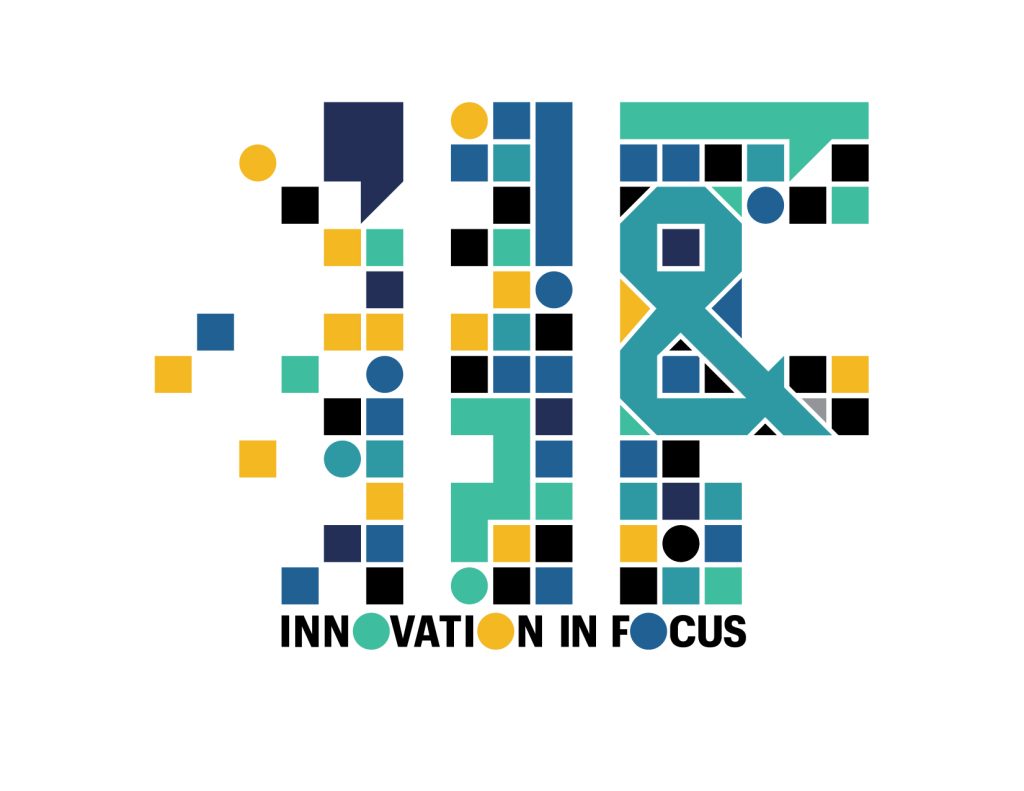
Sarah Luyengi is the operations associate at Borderless Magazine.
Tips and tools for building an impact report grounded in your mission
A conversation with Sarah Luyengi from Borderless
When creating impact reports at Borderless Magazine, Sarah Luyengi, operations associate, said she thinks about an aspect of the news organization’s mission: Community is at the center of everything they do.
In a recent interview with the Innovation in Focus team, Luyengi defined impact as how Borderless consistently builds authentic relationships with immigrant communities. She looks at examples like an ongoing series focusing on the Venezuelan migrant crisis and another series featuring Black immigrants in Chicago. She highlights ways that Borderless reporters are telling stories for and with immigrant communities.
During our conversation, Luyengi shared more practical tips for measuring impact, tools she uses to create the report and her strategy for promoting it to readers and funders alike.
Lytle: How do you track impact at Borderless, and have you found any strategies that have been helpful?
Luyengi: We have a Slack channel that’s called “impact,” where we kind of dump things as we’re going throughout our work day. For example, just over the past weekend, Diane [Bou Khalil] heads our field canvasser program, and we had a pop-up at a coffee shop with our field canvassers. So they just recently put in the photos they took at that weekend pop-up and put it in the Slack channel with a little line that says, “this is for XYZ.” I gather all of that information — and try to make a habit of it by gathering it at the end of the month — and I organize that all into folders. So there’ll be folders like “speaking engagements,” “quotes” (from social media followers and donors), or “where we’ve been republished.”
Lytle: How do you balance qualitative and quantitative data in an impact report?
Luyengi: I think our readers respond more to the qualitative data, like the visuals, the images, the quotes. And then, of course, our funders want to see the numbers like how many people are reading your stories annually, or how many people donate to Borderless and what are your major donors? So that’s the way we kind of balance out, depending on who we’re targeting.
Lytle: How do you decide what to include and what to leave out of an impact report?
Luyengi: When it comes to testimonials or other types of stories we want to tell, we take the one that had the most reader engagement. For example, we had a few stories last year that focused on housing, and they were all really great stories. But I went back to Google analytics to see which of those stories had the most views and visitors. And then that was the story that we highlighted for that particular section.Also, toward the end of the year, we chose the top stories and photos of the year based on Google Analytics. That was really helpful in narrowing down what stories and photos we wanted to use for the impact report.
Lytle: Is there anything that you learned from previous impact reports that you hope to change this year, or anything you’re looking forward to?
Luyengi: We’re always moving so quickly. We have so many day-to-day things that we’re doing. So I think, moving forward for next year’s impact report, we’ll definitely be starting earlier on prepping our impact report. I think it’s really important, starting now, to figure out how you want to schedule out prepping the impact report, whether that is through staff meetings or leadership meetings. Working in newsrooms, things can change from day to day, but if you have that schedule lined up, following that ahead of time can be helpful.
Lytle: You mentioned Slack and organizing data in Google folders, but are there any other tools or strategies that help throughout the process?
Luyengi: We use Monday.com, which is helpful when it comes to project management and tracking or prioritizing different tasks. For example, for gathering the photos, we already had our top photos of the year, but I was able to assign our visual editor to review those photos if there was anything that I was missing. That’s been pretty helpful being able to comment and respond in real time, seeing everyone’s changes and edits. We also use Canva to create our impact reports. First, I work on a Google draft for the copy and put in the photos. Then, we translate that over to Canva and make additional comments there.
Lytle: Once you’ve finished the report, how do you promote it?
Luyengi: We’re still doing our campaign for it. We have our social media campaign for our impact report. We also are sharing it in our weekly newsletter, and we have a separate newsletter campaign dedicated to the impact report. We first teased it in our weekly newsletter, and then we had a separate one that was completely dedicated to all of the material in the report, and then we sent it out on a donation ask.
Then we, of course, are having our printed copies distributed to our major donors and some of our funders, as well as having a copy of our impact report at community engagement events. We are also toying with the idea of having a small infocard or infographic with a QR code that you could scan for a digital copy.
Lytle: Do you have any other tips for newsrooms, especially smaller ones that might be creating an impact report for the first time?
Luyengi: I know this sounds kind of silly, but just have fun with it. At the end of the day, it’s another form of storytelling where you can look back and see all of the accomplishments or different goals that your organization has reached or not reached yet, and use that as a guide for the following year. I think it’s really exciting to see that final product and see the different ways that you as an organization or newsroom really built that relationship with the community by telling their stories.
Editor’s Note: This interview has been edited for clarity and brevity.

Sign up for the Innovation in Focus Newsletter to get our articles, tips, guides and more in your inbox each month!
Cite this article
Lytle, Emily (2024, Sept. 16). Tips and tools for building an impact report grounded in your mission. Reynolds Journalism Institute. Retrieved from: https://rjionline.org/news/tips-and-tools-for-building-an-impact-report-grounded-in-your-mission/
